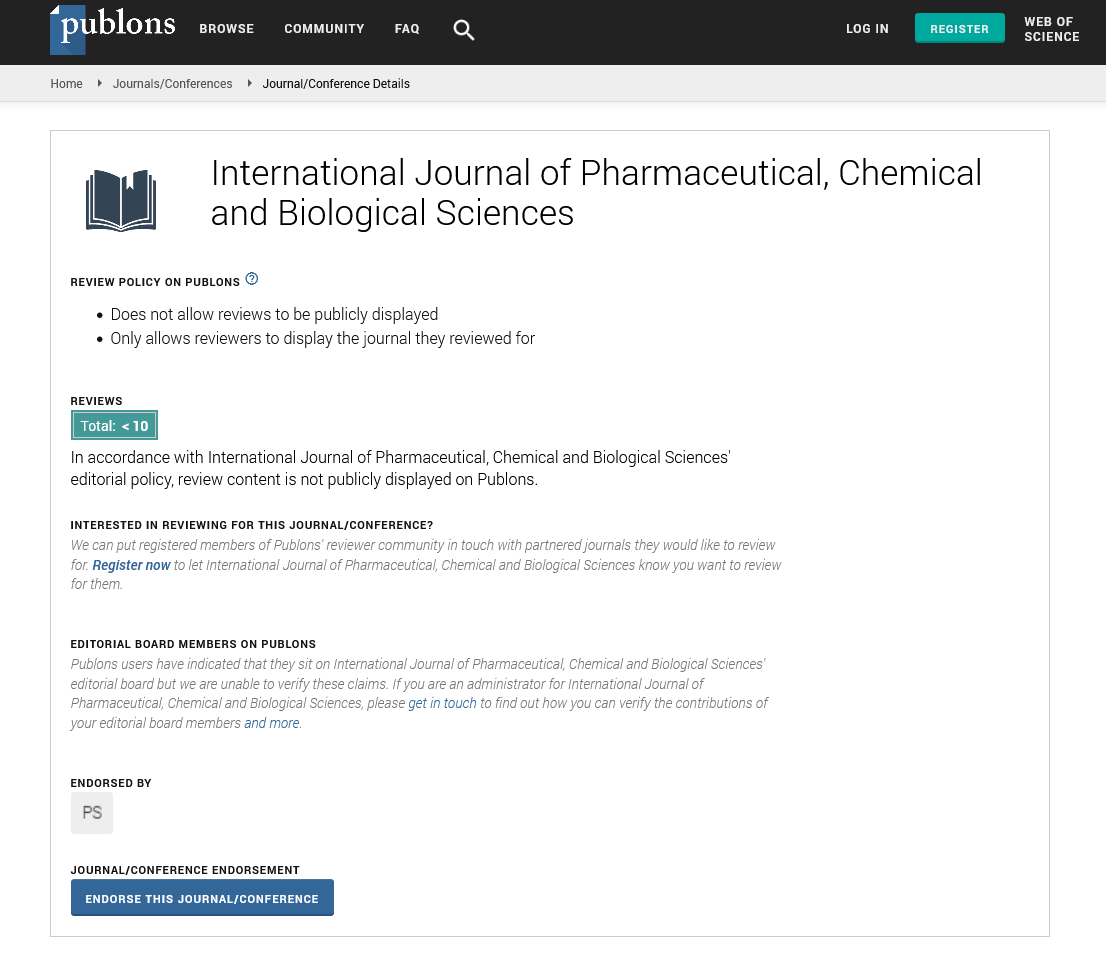Abstract
Author(s): Ritu Mahajan*, Lubna Aslam and HejazyKousar
Basmati rice is preferred for its characteristic aroma and high export value in an international market. The techniques of tissue culture are employed to generate variations for improving the cultivars. In the present study a two stage sterilization treatment was found to be the most effective leading to maximum number of uncontaminated explants in two rice genotypes. Different combination of growth hormones in MS medium was used for shoot proliferation and multiplication. Maximum number of shoots in both Ranbir basmati and Basmati 370 were obtained in MS medium supplemented with 0.5 mg/l of Kinetin and 0.5mg/l BAP. Effective rooting of plantlets was observed on MS media supplemented with 0.2mg/l NAA with 93.48% in Ranbir Basmati and 90.21% in Basmati 370. An optimum concentration of 2.0mg/l of 2,4-D was found to beeffective for callus induction. Best combination of plant growth regulators that resulted in plantlet regeneration from callus was 2 mg/l 2,4-D , 0.5 mg/l Kn and 2 mg/l NAA in both the Ranbir basmati and Basmati 370 leading to 84.67% and 83.33% shoots respectively.

